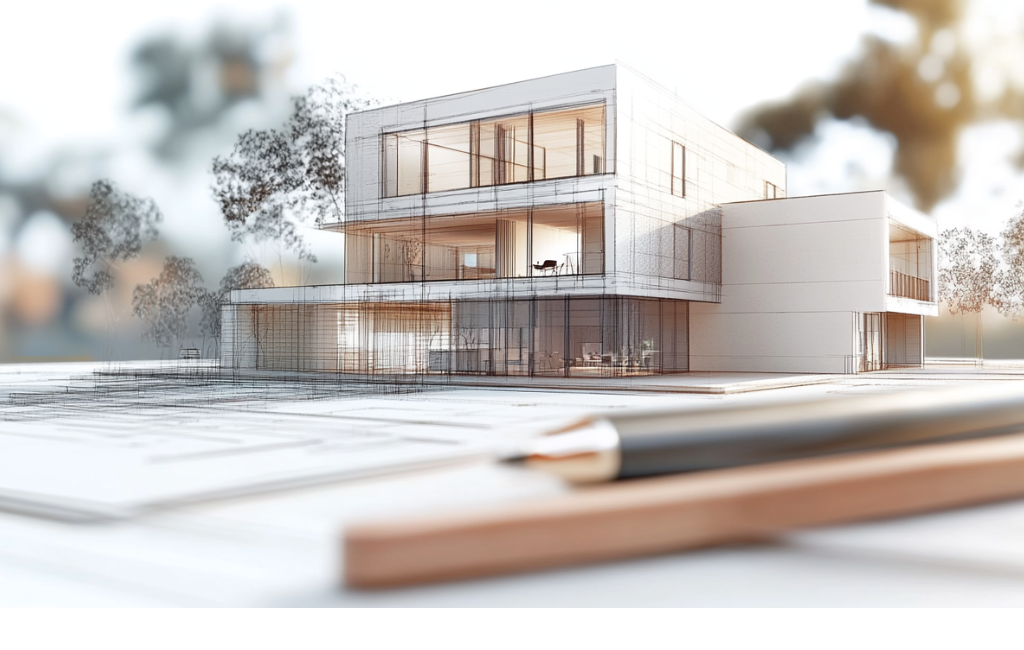Architect Insights Creative Solutions

-
Table of Contents
- Architect Insights: Creative Solutions
- Understanding the Architect’s Role
- Key Responsibilities
- Innovative Design Solutions
- Case Study: The Edge, Amsterdam
- Case Study: Bosco Verticale, Milan
- Sustainable Architecture
- Green Building Materials
- Energy Efficiency
- Technology Integration
- Smart Buildings
- 3D Printing in Construction
- Community-Centric Design
- Case Study: High Line, New York City
- Case Study: Maggie’s Centres, UK
- Conclusion
Architect Insights: Creative Solutions
Architecture is a field that blends art and science to create functional and aesthetically pleasing spaces. The role of an architect goes beyond designing buildings; it involves solving complex problems with innovative solutions. This article explores how architects harness creativity to address various challenges in their projects.
Understanding the Architect’s Role
An architect’s responsibilities are multifaceted, encompassing design, planning, and project management. They must balance client needs, regulatory requirements, and environmental considerations while maintaining a vision for the project. This requires a deep understanding of materials, construction techniques, and sustainability practices.
Key Responsibilities
- Designing functional and aesthetically pleasing spaces
- Ensuring compliance with building codes and regulations
- Managing project timelines and budgets
- Collaborating with engineers, contractors, and clients
- Incorporating sustainable practices
Innovative Design Solutions
Creativity in architecture often manifests through innovative design solutions. Architects must think beyond traditional methods to address unique challenges. This can involve using unconventional materials, integrating technology, or reimagining space usage.
Case Study: The Edge, Amsterdam
The Edge in Amsterdam is a prime example of innovative design. This office building, designed by PLP Architecture, is known for its sustainability and smart technology integration. It features a highly efficient energy system, including solar panels and a rainwater collection system. The building’s design maximizes natural light, reducing the need for artificial lighting.
Case Study: Bosco Verticale, Milan
Bosco Verticale, designed by Stefano Boeri Architetti, showcases how architecture can address environmental challenges. These residential towers are covered in trees and shrubs, which help reduce air pollution and provide insulation. The project demonstrates how integrating greenery into urban architecture can create healthier living environments.
Sustainable Architecture
Sustainability is a critical aspect of modern architecture. Architects are increasingly focused on creating buildings that minimize environmental impact. This involves using eco-friendly materials, optimizing energy efficiency, and incorporating renewable energy sources.
Green Building Materials
Using sustainable materials is a key strategy for reducing a building’s environmental footprint. Examples include:
- Bamboo: A fast-growing, renewable resource
- Recycled steel: Reduces the need for new steel production
- Rammed earth: Provides natural insulation and reduces energy consumption
Energy Efficiency
Energy-efficient design is another crucial element of sustainable architecture. Techniques include:
- Passive solar design: Maximizes natural heating and cooling
- High-performance insulation: Reduces energy loss
- Energy-efficient windows: Minimize heat transfer
Technology Integration
Technology plays a significant role in modern architecture. From smart buildings to advanced construction techniques, technology enhances both the design and functionality of structures.
Smart Buildings
Smart buildings use technology to improve efficiency and comfort. Features include:
- Automated lighting and climate control systems
- Energy management systems
- Advanced security systems
3D Printing in Construction
3D printing is revolutionizing the construction industry. This technology allows for the creation of complex structures with precision and speed. Benefits include:
- Reduced construction time
- Lower material waste
- Greater design flexibility
Community-Centric Design
Architects are increasingly focusing on community-centric design, which prioritizes the needs and well-being of the people who use the spaces. This approach fosters a sense of belonging and enhances the quality of life.
Case Study: High Line, New York City
The High Line is an excellent example of community-centric design. This elevated park, created from a disused railway line, provides green space in a densely populated urban area. It has become a popular destination for both residents and tourists, demonstrating how thoughtful design can transform urban spaces.
Case Study: Maggie’s Centres, UK
Maggie’s Centres offer support for cancer patients and their families. Designed by renowned architects, these centers provide a welcoming and therapeutic environment. The focus on natural light, open spaces, and comforting materials helps create a sense of calm and support.
Conclusion
Architects play a pivotal role in shaping our built environment. Through innovative design, sustainable practices, and technology integration, they create spaces that are functional, beautiful, and environmentally responsible. By focusing on community needs and leveraging creative solutions, architects can address the complex challenges of modern construction and design.